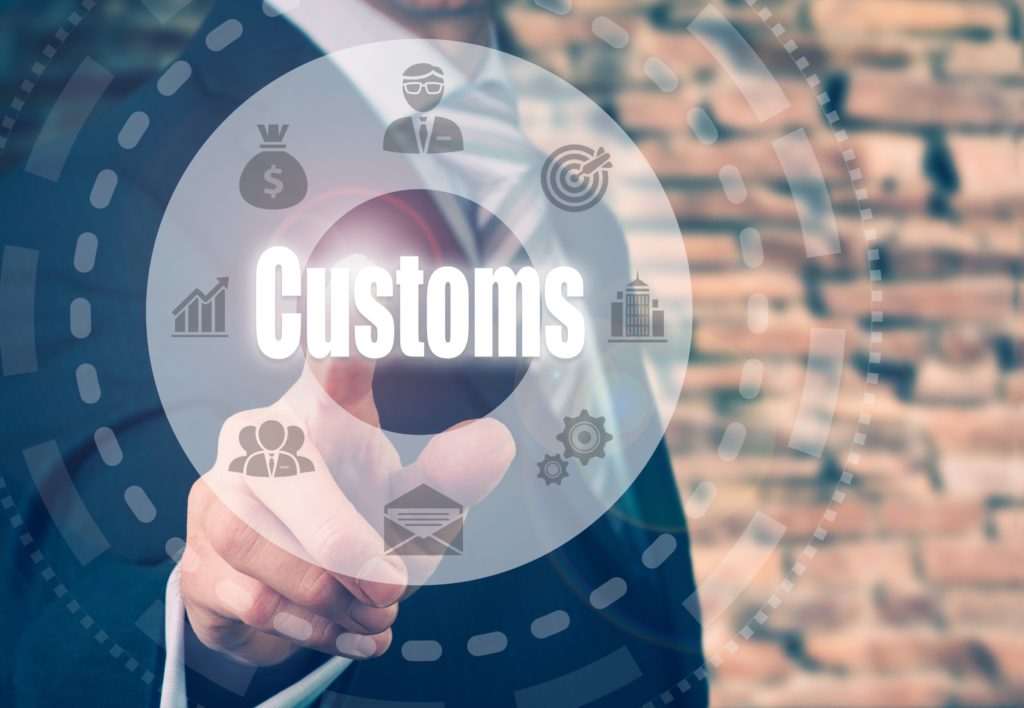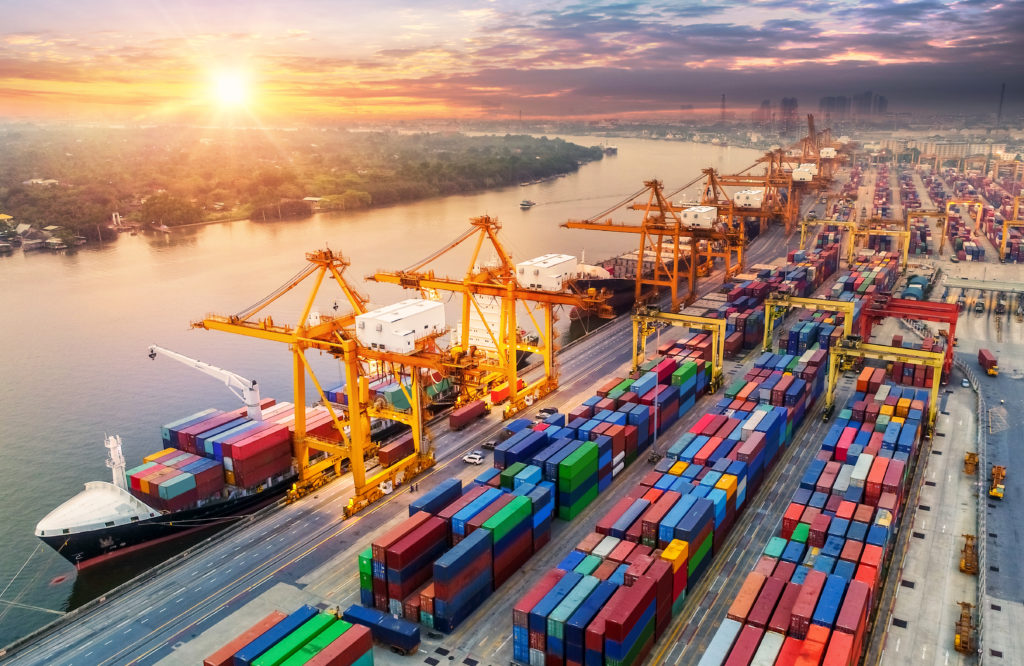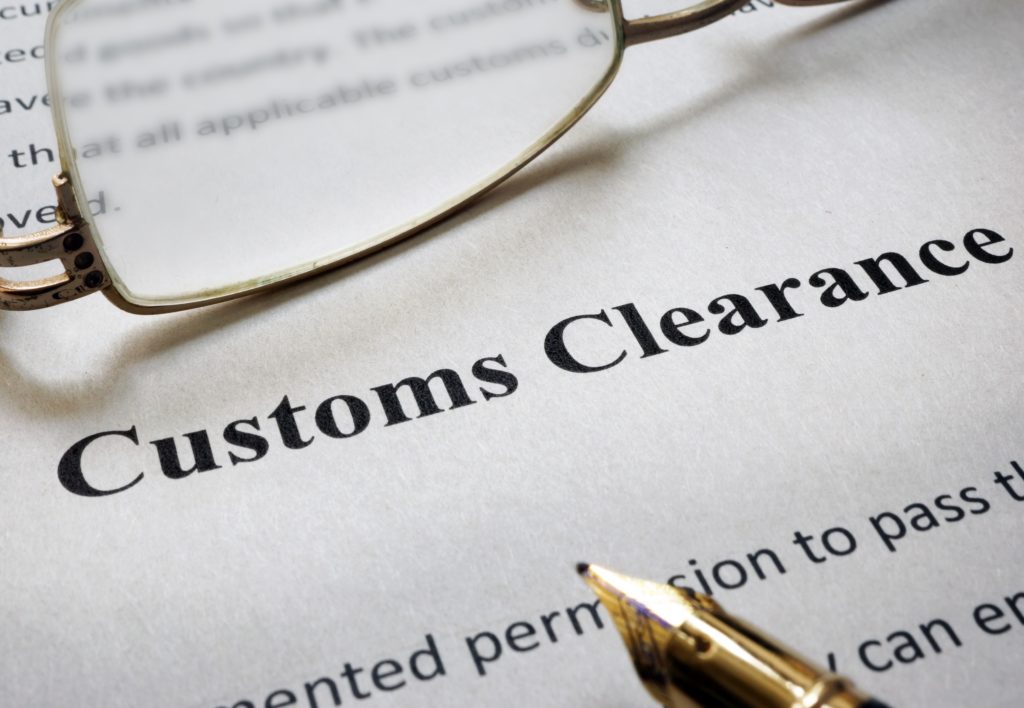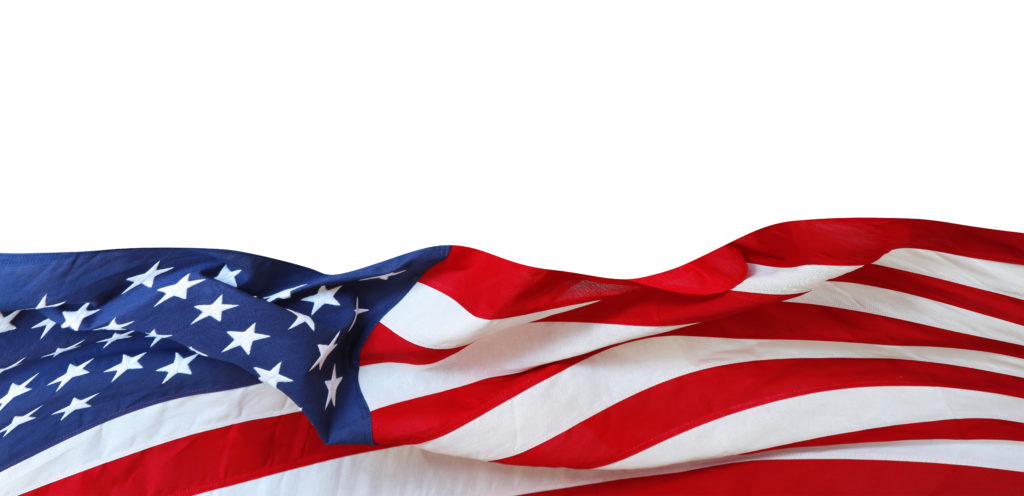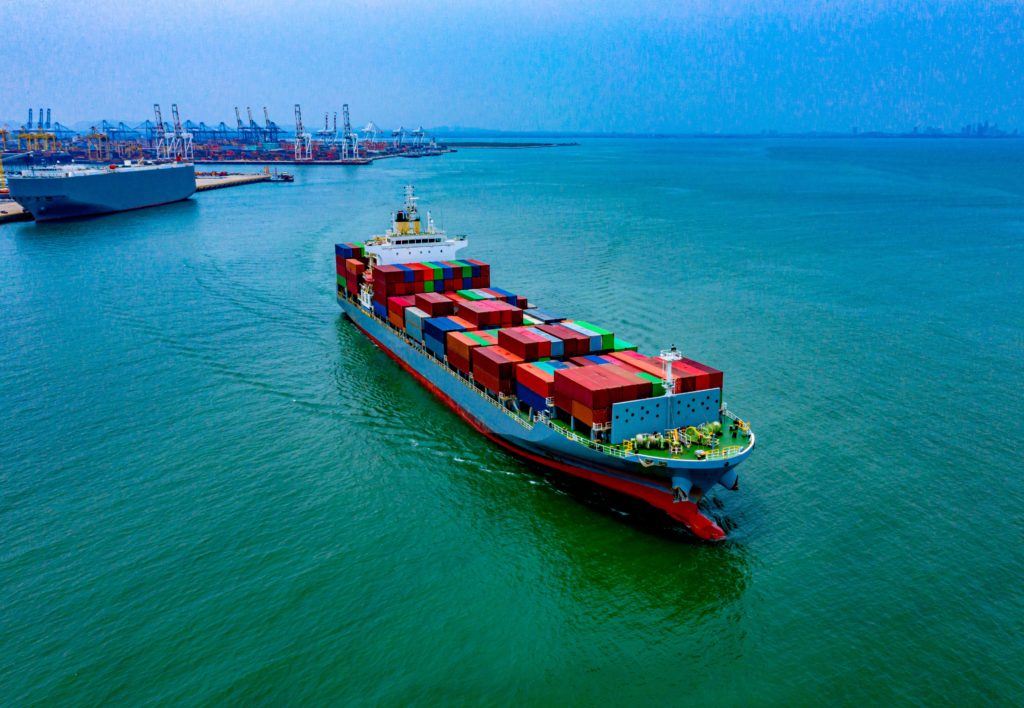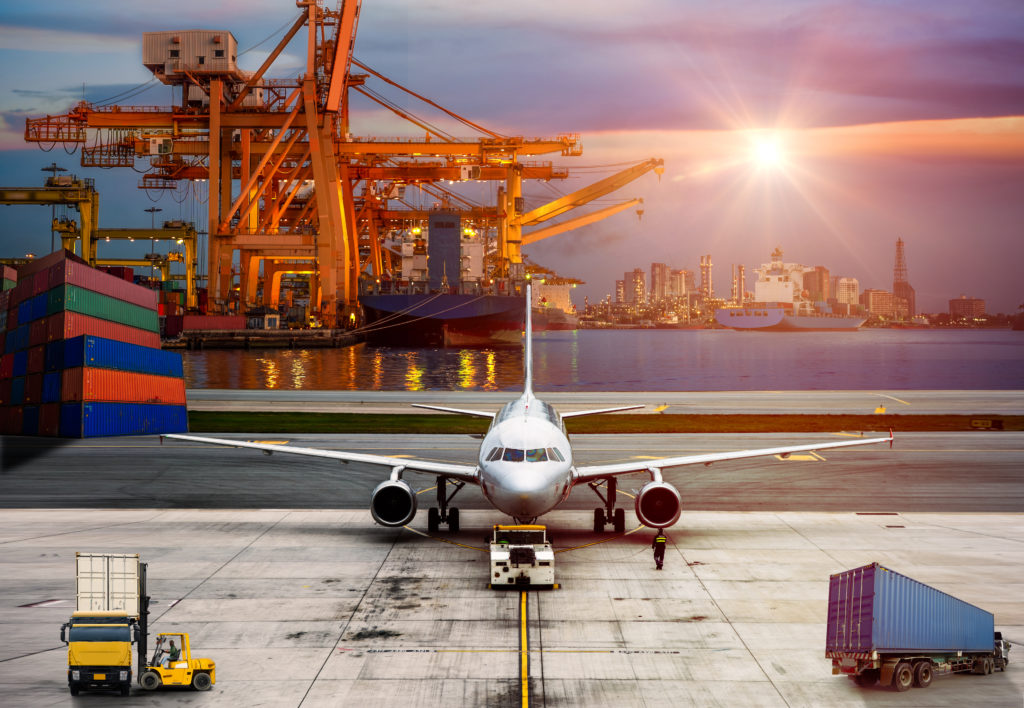What is an assist
Valuation of an Assist
What is an Assist?
An assist is any of the items listed below that the buyer of imported merchandise provides directly or indirectly, free of charge or at a reduced cost, for use in the production or sale of merchandise for export to the United States.
- Materials, components, parts, and similar items incorporated in the imported merchandise.
- Tools, dies, molds, and similar items used in producing the imported merchandise.
- Merchandise consumed in producing the imported merchandise.
- Engineering, development, artwork, design work, and plans and sketches that are undertaken outside the United States and are necessary for the production of the imported merchandise. “Engineering, development,” etc. will not be treated as an assist if the service or work is 1) performed by a person domiciled within the United States, 2) performed while that person is acting as an employee or agent of the buyer of the imported merchandise, and 3) incidental to other engineering, development, artwork, design work, or plans or sketches undertaken within the United States.
In-Depth Coverage: Country of Origin
- Country of Origin of Imported Merchandise
- Customs Ruling: Country of Origin
- Country of Origin: Food Products
- Country of Origin: Chemical and Pharmaceutical Products
- Country of Origin & Country of Manufacture: CBP vs. FDA
- Country of Origin: Substantial Transformation or Country of Assembly Test
- Country of Origin and Free Trade Agreement
- Country of Origin and Section 301
How is the value of an assist determined?
In determining the value of an assist, the following rules apply:
1. The value is either a) the cost of acquiring the assist, if acquired by the importer from an unrelated seller, or b) the cost of producing the assist, if produced by the importer or a person related to the importer.
2. The value includes the cost of transporting the assist to the place of production.
3. The value of assists used in producing the imported merchandise is adjusted to reflect use, repairs, modifications, or other factors affecting the value of the assists. Assists of this type include such items as tools, dies, and molds.
Example
If the importer previously used the assist, regardless of whether he acquired or produced it, the original cost of acquisition or of production must be decreased to reflect the use. Alternatively, repairs and modifications may result in the value of the assist having to be adjusted upwards.
4. In the case of engineering, development, artwork, design work, and plans and sketches undertaken elsewhere than in the United States, the value is a) the cost of obtaining copies of the assist, if the assist is available in the public domain; b) the cost of the purchase or lease if the assist was bought or leased by the buyer from an unrelated person; c) the value added outside the United States, if the assist was produced in the United States and one or more foreign countries.
So far as possible, the buyer's commercial record system is used to determine the value of an assist, especially such assists as engineering, development, artwork, design work, and plans and sketches undertaken elsewhere than in the United States.
In-Depth Coverage: Importing Medical Device
Example
A U.S. buyer supplied detailed designs to the foreign producer. These designs were necessary to manufacture the imported merchandise. The U.S. importer bought the U.S. produced designs from an engineering company in the U.S. for submission to his foreign supplier. Should the appraised value of the merchandise include the value of the assist?
No, design work undertaken in the U.S. may not be added to the price actually paid or payable.
Example
A U.S. buyer purchases merchandise from a foreign producer. The price actually paid or payable includes the cost of a U.S. design incorporated in the merchandise. Is there any authority to deduct the cost of the U.S. design from the price actually paid or payable?
No authority exists to deduct such costs when included in the price actually paid or payable.
Example
A U.S. buyer supplied molds free of charge to the foreign producer. The molds were necessary to manufacture merchandise for the U.S. importer. The U.S. importer had some of the molds manufactured by a U.S. company and others manufactured in a third country. Should the appraised value of the merchandise include the value of the molds?
Yes. Molds that are used in the production of the imported merchandise and supplied directly or indirectly and free of charge or at reduced cost by the buyer, regardless of where they are manufactured, are a required addition to be made to transaction value.
How is the value of an assist apportioned?
The apportioned value of any assist constitutes part of the transaction value of the imported merchandise. Having determined the value of an assist, the next step is to apportion that value to the imported merchandise. The apportionment is done reasonably and according to generally accepted accounting principles. By the latter is meant any generally recognized consensus or substantial authoritative support regarding the recording and measuring of assets and liabilities and changes therein, the disclosing of information, and the preparing of financial statements.
The method used to apportion the value of the assist depends on the details. For example, suppose the entire anticipated production using the assist is to be exported to the United States. Then the value of the assist could be pro-rated any one of several ways: over the first shipment if the importer wants to pay duty on the entire value at one time, over the number of units produced up to the time of the first shipment, or over the entire anticipated production. If the entire anticipated production is not destined for the United States, some other method of apportionment will be used that is consistent with generally accepted accounting principles.
In-Depth Coverage: Customs Valuation
Guidance on customs & logistics solution for traditional and e-commerce importers and exporters
Importer Security Filing (ISF)
An ISF is required when cargo (ocean only) laden on vessel at a foreign port is destined for shipment to the U.S. Under ISF rule, some importing information and details regarding cargo must be transmitted to the CBP at least 24 hours before goods are loaded onto the vessel, or at least 24 hours prior to the departure to the U.S.
Freight Forwarding
Looking for a freight forwarding partner? To move your cargo from its current location through customs to its final destination we will partner with you to find the best way for your business. Whatever your transportation, logistics or customs clearance needs, we will do our best to customize a solution for your needs.
Customs Clearance
All goods imported into the customs territory of the U.S. are required to be declared to CBP. Our customs broker will help you stay in compliance with customs laws and regulations and clear your goods quickly and efficiently with our electronic Automated Commercial Environment (ACE) and Automated Broker Interface (ABI) Single Window System.
Section 321 Entry
Section 321 entry allows importing free of duty and tax for shipments imported by one person on one day having a fair retail value in the country of shipment not more than $800. We provide our resident and non-resident clients with dedicated ACE eManifest solutions for Section 321 entry of all modes of transportation.
Non-resident Importer Program
If you want to sell your products in U.S. marketplaces, but you are a business owner located outside of the U.S. and do not have an entity or presence in the U.S., you need to be established as a Foreign Importer of Record before your products can be imported into the U.S. We can help you.
E-Commerce
The Internet has made it easy to find and purchase items from almost anywhere in the world. Our e-commerce experts will help you find the right solution for your international transportation, customs clearance, and delivery to your final destination. We also provide value-added repackaging, warehousing and distribution services.
Customs Clearance and Import Requirements
- Entry of Imported Merchandise
- What is Section 321 Entry?
- What is Automated Commercial Environment (ACE)
- What is an Automated Broker Interface (ABI)?
- Who is Ultimate Consignee?
- What is Non-Resident Importer Program?
- Country of Origin of Imported Merchandise
- What is the Country of Assembly?
- What if the FDA's Country of Manufacture?
- Marking of Country of Origin on U.S. Imports
- What is Customs Bond?
- Reconciliation Prototype and Bond Rider
- Who Needs a Customs Broker?
- What is Customs Ruling Program?
- Classification of Imported Goods
- How is imported merchandise appraised?
- What are Import Quotas?
- What are Trade Remedy Duties?
- Antidumping Duty (AD) and Countervailing Duty (CVD)
- What is Foreign Trade Zone (FTZ)?
- What is Importer Security Filing (ISF)?
- What is Temporary Importation under Bond (TIB)
- What is In-Bond Process?
FDA-Regulated Products and Import Requirements
- What is Food Safety Modernization Act (FSMA)?
- Prior Notice of Imported Foods
- Food Facility Registration
- Risk-Based Preventive Controls for Human Food
- Risk-Based Preventive Control for Animal Food
- Standards for the Growing, Harvesting, Packing, and Holding of Produce for Human Consumption
- What is Foreign Supplier Verification Program (FSVP)?
- Protect Food against Intentional Adulteration
- FDA Regulated Product in Foreign Trade Zone (FTZ)
- Entry Review Process for FDA Regulated Products
- Country of Origin VS Country of Manufacture
- Foods Regulated by FDA or USDA: What is the Difference?
- Label and Labeling Claims for Conventional Food and Dietary Supplements
- What is USDA Country of Origin Labeling (COOL)?
- Import for Export of FDA Regulated Products
- FDA Regulated Products in Personal Baggage or Sending by Mail or Courier
- International Mail Facility (IMF) and FDA Regulation
- Importing Biological Product Regulated by CBER
- Importing Cosmetics and Voluntary Cosmetic Registration Program (VCRP)
- Importing Drugs into the U.S.
- Importing OTC Drugs into the U.S.
- Importing Veterinary Drugs into the U.S.
- Importing Tobacco Products into the U.S.
- Importing Medical Devices into the U.S
- Importing Food Products into he U.S.
- Importing Radiation-Emitting Products into the U.S.
